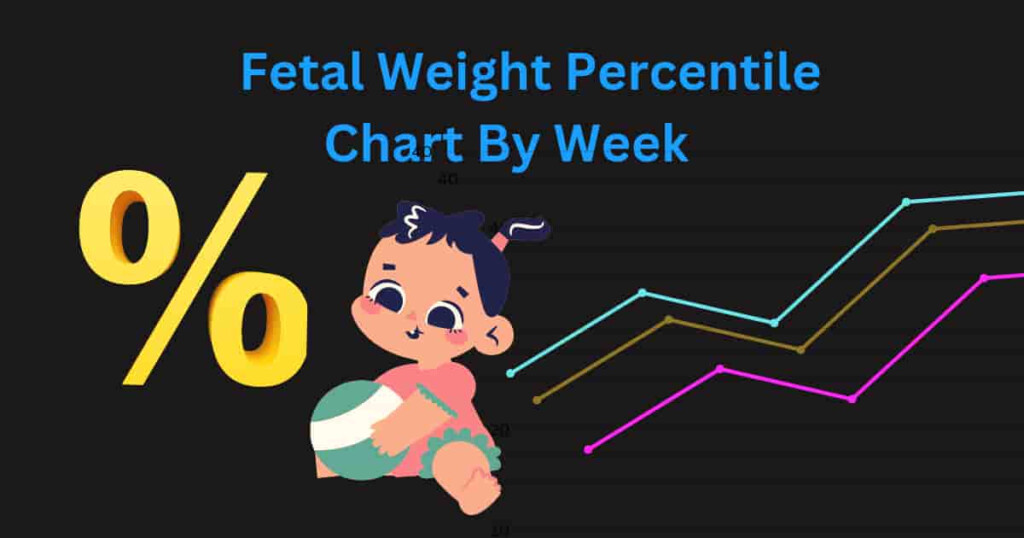When it comes to tracking your newborn’s growth and development, one important tool that pediatricians use is the newborn weight percentile chart. This chart helps parents and healthcare providers understand how a baby’s weight compares to other babies of the same age and gender.
The percentiles on the chart represent the percentage of babies who weigh the same or less than your baby at a particular age. For example, if your baby is in the 50th percentile for weight, it means that 50% of babies of the same age weigh the same or less, while 50% weigh more.
Newborn Weight Percentile Chart
How to Use the Newborn Weight Percentile Chart
Parents can use the newborn weight percentile chart to monitor their baby’s growth and ensure they are meeting their developmental milestones. By plotting your baby’s weight on the chart at each pediatrician visit, you can track their progress over time and identify any potential concerns.
If your baby consistently falls below the 5th percentile or above the 95th percentile, it may indicate a growth issue that requires further evaluation by a healthcare provider. However, it’s important to remember that every baby is unique, and some babies naturally fall outside the average percentiles without any cause for concern.
Consulting with Your Pediatrician
It’s essential to discuss any questions or concerns you have about your baby’s weight with your pediatrician. They can provide personalized guidance based on your baby’s individual growth patterns and help you interpret the information on the newborn weight percentile chart.
Remember that the percentile chart is just one tool in assessing your baby’s health and development. Your pediatrician will consider multiple factors, including height, head circumference, and overall well-being, to ensure your baby is thriving and meeting their milestones.
